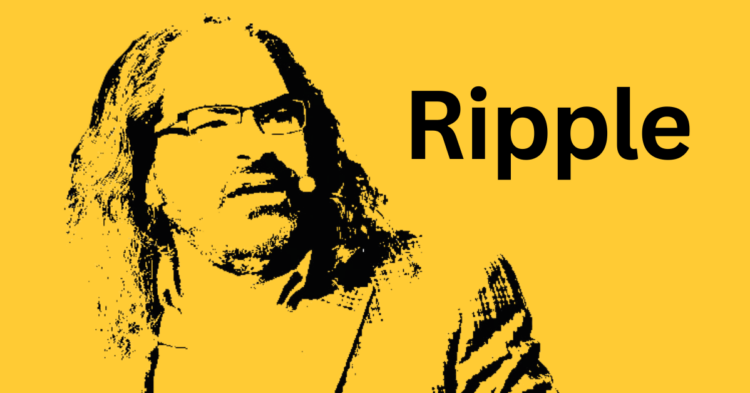The XRP community continues to engage in discussions around the burning of XRP, particularly in relation to RLUSD tokens on the XRP Ledger. A user recently posed a question: What are the implications of trillions of RLUSD tokens moving daily on the XRP Ledger, and does this lead to XRP being burned? Ripple’s Chief Technology Officer, David Schwartz, provided a comprehensive explanation of the XRP burning mechanism and its effects on both XRP and RLUSD.
How XRP Burning Works
David Schwartz has detailed XRP’s burning feature as a distinctive aspect of the XRP Ledger, designed to maintain network security and efficiency. Each transaction, whether involving XRP or RLUSD, incurs a modest fee in XRP. This fee is not recycled back into the network; instead, it is permanently removed, or “burned,” from circulation. The minimum fee is established by consensus. In situations where transaction loads exceed network capacity, transactions are prioritized based on the fees paid.
Although the XRP burned per transaction is minimal, typically around 0.00001 XRP, this process contributes to a gradual decrease in the total XRP supply over time. Schwartz noted that even with increased transaction volumes, the quantity of XRP burned will remain relatively small. He emphasized that even if financial systems like SWIFT, Visa, and Mastercard, which manage billions of transactions daily, implemented XRP burning, it would only account for about 0.0075% of the total XRP supply each year.
How Fees Work on the XRP Ledger
David Schwartz also elucidated the workings of transaction fees on the XRP Ledger. Ripple’s RLUSD, a stablecoin built on the XRP Ledger, adheres to the same fee structure. Despite being a separate asset, transactions involving RLUSD still result in the burning of XRP. Consequently, every RLUSD transaction could reduce the overall supply of XRP, although this effect is marginal.
As network activity increases, the fees may rise slightly, ensuring the exclusion of spam transactions and facilitating the quicker processing of essential ones. This mechanism is crucial for maintaining the efficiency and reliability of the XRP Ledger.
Ripple’s Plans for RLUSD
Ripple is actively preparing for the launch of RLUSD, positioning it to significantly impact the stablecoin market, which is projected to expand to $2.3 trillion. While the burning of XRP through RLUSD transactions might not lead to a substantial reduction in XRP’s supply, it will nonetheless contribute to a steady, gradual decline. This ongoing effect, coupled with the forthcoming RLUSD launch and its anticipated usage, is expected to have long-term ramifications for the economy of the XRP Ledger.
In conclusion, the XRP burning mechanism is a vital component of the XRP Ledger, influencing its overall supply and economic structure. As Ripple continues to innovate with RLUSD and other developments, the community can expect these mechanisms to play a significant role in shaping the future of digital transactions on the XRP Ledger.










